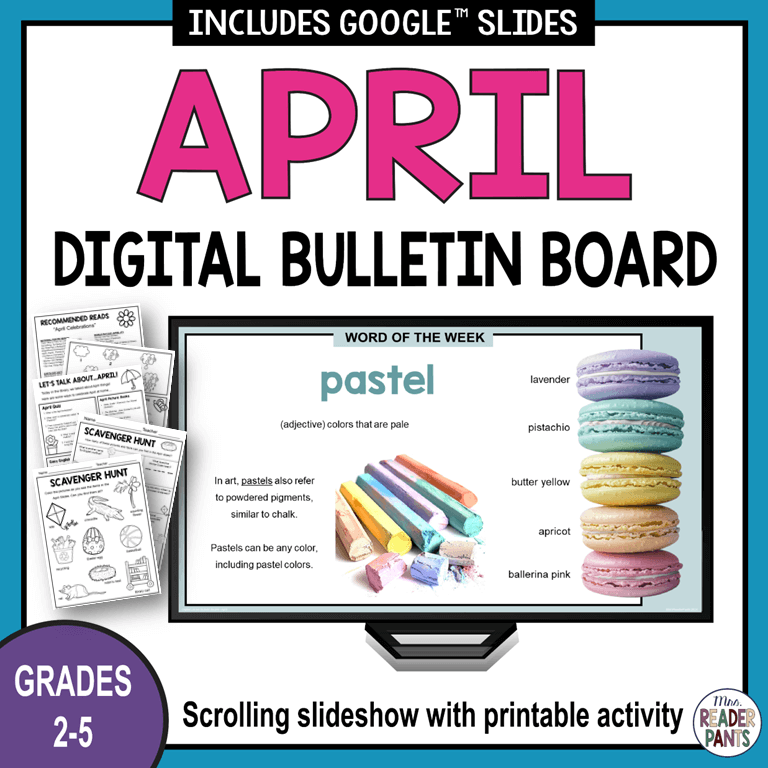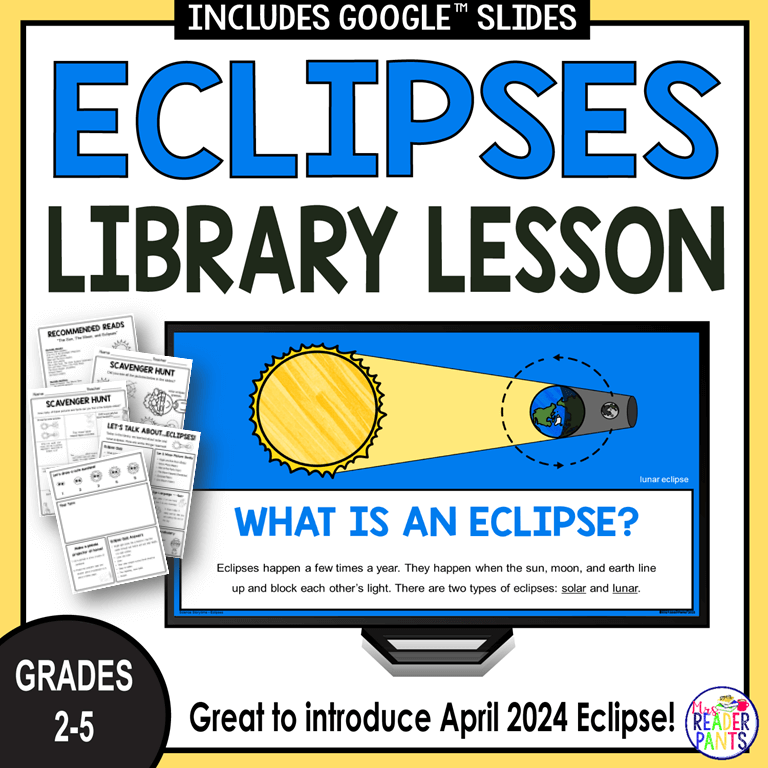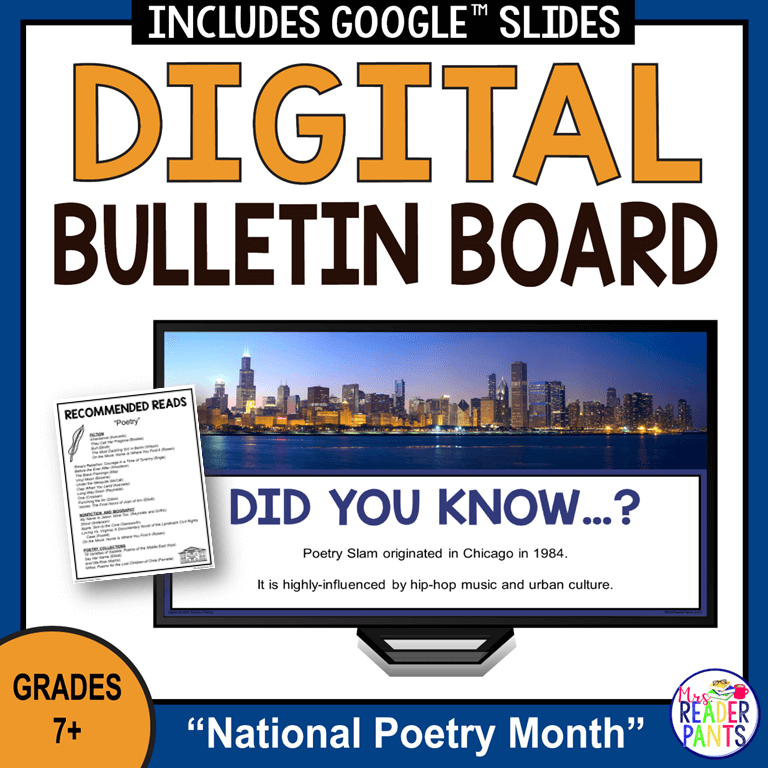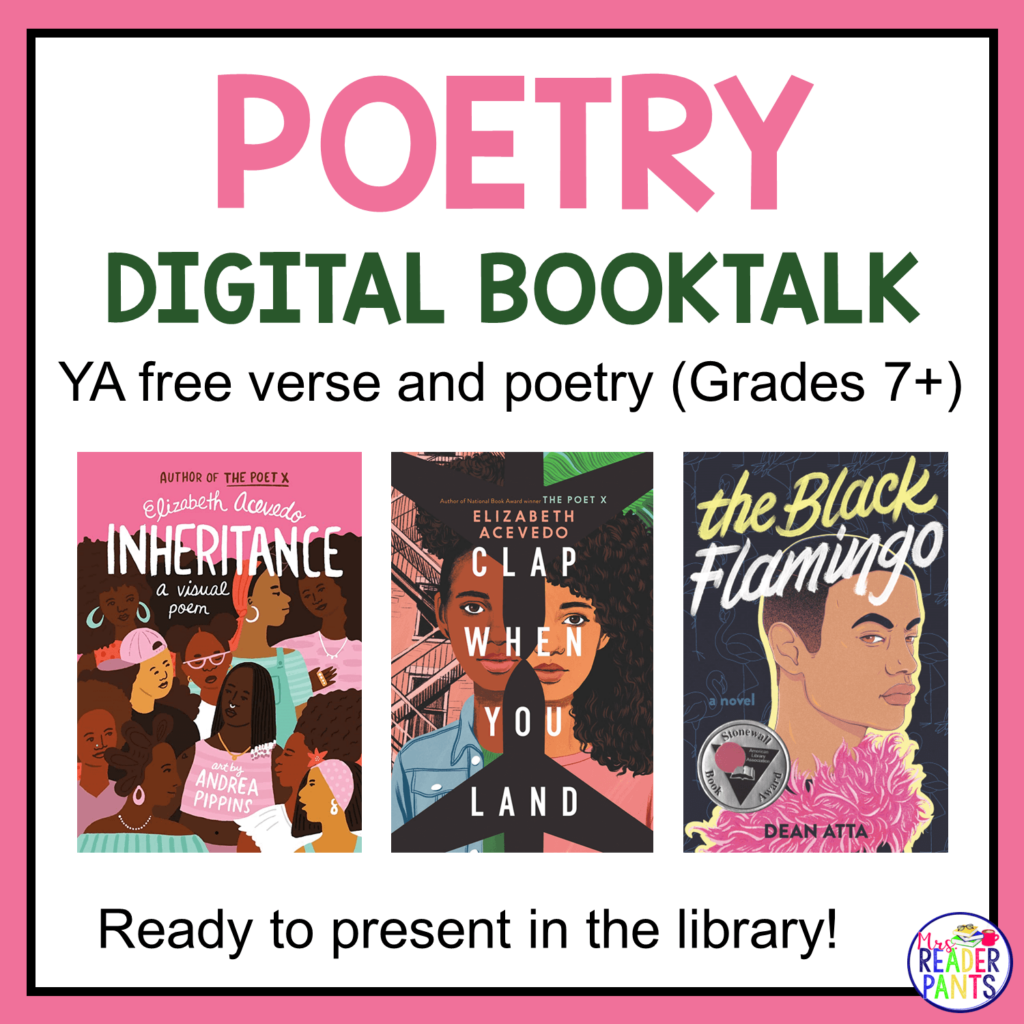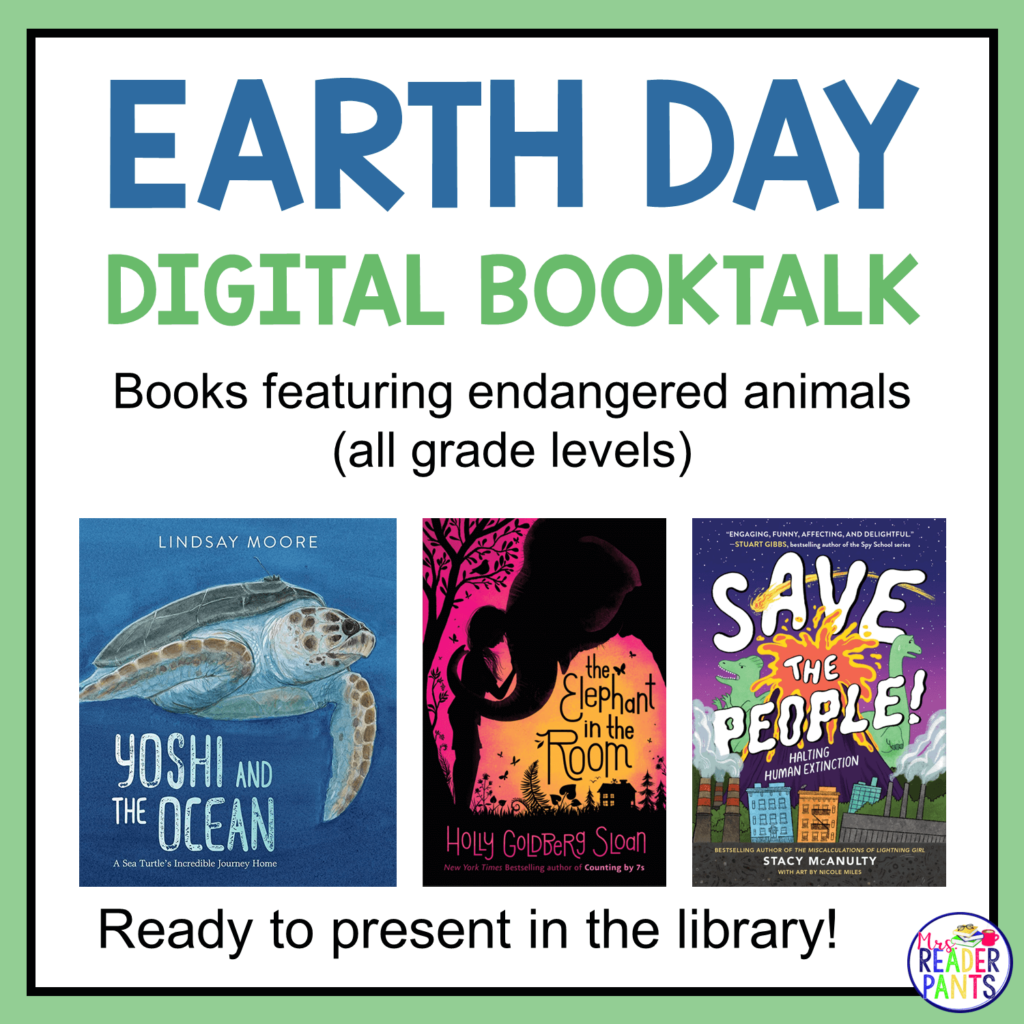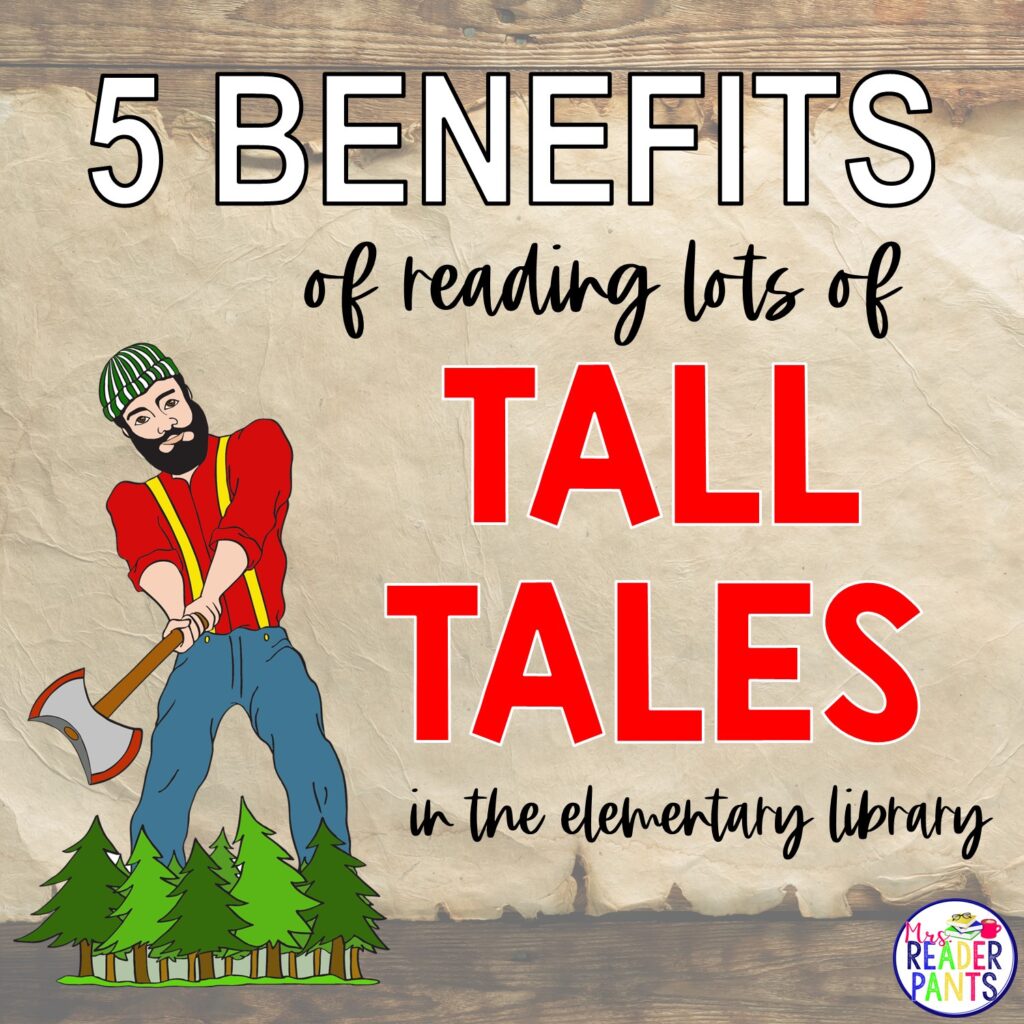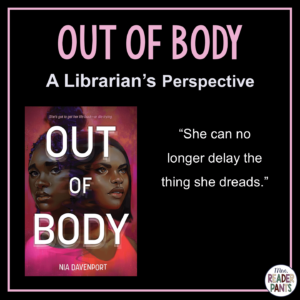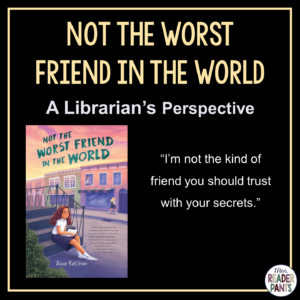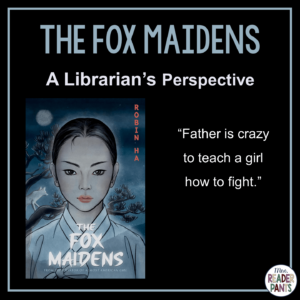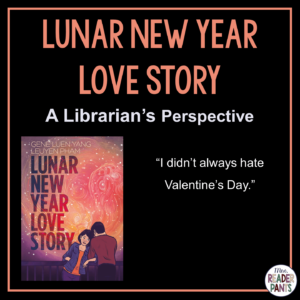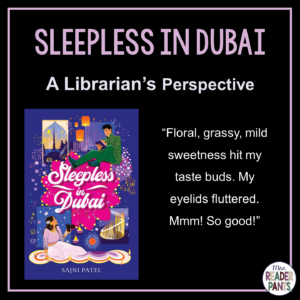![]() From time to time, I write a post that I know will cause a ruckus. A kerfuffle. A nice, juicy controversy. This is such a post. I will make some of you angry. I’m hoping I at least make you think.
From time to time, I write a post that I know will cause a ruckus. A kerfuffle. A nice, juicy controversy. This is such a post. I will make some of you angry. I’m hoping I at least make you think. ![]()
Today, I’m challenging a generations-long institution of teaching English: the whole-class novel.
First, a poll…
As many of my readers are teachers and librarians, I would guess that many of you are in the “A” category. Teachers and librarians were very likely successful students who had good study habits and generally earned good grades.
I would also bet that, as voracious readers and fellow rebels, many of you fell into the “C” category.
I fall firmly into both the “B” and “C” categories. I cannot remember one whole-class novel I actually read after about fifth grade. My teachers assigned them, but I didn’t read them. Even when we read in class (aloud or silently), I furtively read other books I was more interested in under my desk. I still made As and Bs in all my classes, so it didn’t even matter if I read the books. I was a pro at BS-ing essay questions; all I had to do was listen to the class discussions we had of the book. That was enough.
WHITE POWDERED DOUGHNUTS
I am writing this post today because I just can’t put it off any longer. I am so tired of seeing secondary school teachers still clinging to the whole-class novel. I’ve even seen a disturbing trend toward whole-school novels. Groan. I’m sure forcing students to read a book that someone else picked for them makes all the reluctant and non-readers out there just fall head-over-heels in love with reading. Who doesn’t love being force-fed something they don’t want? That doesn’t fit? That they don’t care two licks about?
And we wonder why so many teens say they hate reading.
Whole-class novels are the white powdered doughnuts of the education world. We eat them when they are all that’s available, but virtually no one would choose them when given other choices like chocolate eclairs, bear claws, or lemon-filled pockets of gooey goodness. No one bites into a white powdered doughnut and rolls back their eyes because of the taste explosion in their mouths. And are there any white powdered doughnuts in existence that are not completely stale? I think not.
I’ll admit that I taught whole-class novels myself when I was a new teacher in the early 2000s. Back then, I didn’t even question it. I was a new teacher. It was what everyone else did. It was the way I had been taught.
But looking back, I remember that I didn’t love teaching those novels. I had no passion to read Chapter 11 of Roll of Thunder, Hear My Cry on audio CD for the fourth time that day. And while some of my students were somewhat engaged, many were bored, doodling, or–gasp–reading something else. And I didn’t stop them. I completely understood because I had sat in their seats only a few years before. They would still do fine on the test because I would go over it all anyway, just as my teachers did when I was in school.

